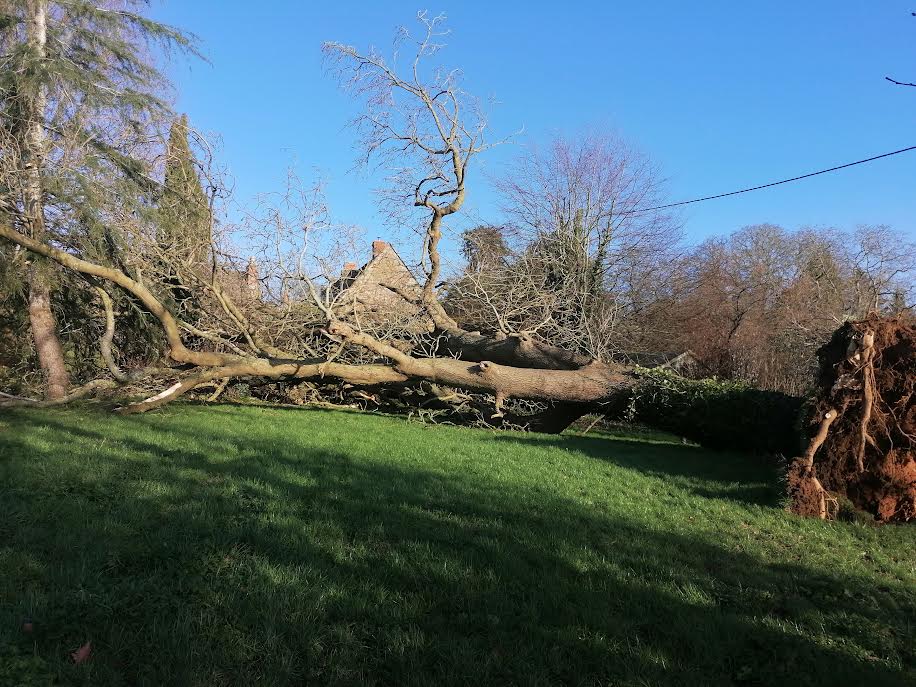Murdered to Death reviews
 Last night was SUPERB. You were brilliant, the set was brilliant, everyone was brilliant. The movie was fantastic. I haven’t had such a good evening in ages. I was so impressed. Thank you everyone; I came down from London rather tired and down from treating unhappy adolescents and dealing with social services, I didn’t really want to go out again. But I’m so glad I did. SUCH a tonic. I feel happy again!
Last night was SUPERB. You were brilliant, the set was brilliant, everyone was brilliant. The movie was fantastic. I haven’t had such a good evening in ages. I was so impressed. Thank you everyone; I came down from London rather tired and down from treating unhappy adolescents and dealing with social services, I didn’t really want to go out again. But I’m so glad I did. SUCH a tonic. I feel happy again!
Julie
I should like to supplement any dramatic critique of the marvellous Sibford Players production of Murdered to Death with a comment on the often-unsung element of the production; the behind-the-scenes efforts. From the fairy lights that welcomed us, the hospitality of the ‘Green Room’, the raked seating, set painting, lighting and filmed interlude. All must have taken a great deal of thought and time to produce.
As soon as the curtains opened, I was struck by the white set and the incredibly simple detail; clearly designed to enhance the ‘Cluedo’ coloured costumes of the cast and the importance of the paintings hung on the walls. The stage lighting was used to full effect including the spot light that drew our attention to the murder weapon. Finally, the film sequence which is becoming a staple of these productions. This in itself must have taken a great deal of time and thought and added greatly to the entertainment of the audience. Well done to everyone involved, this will be a hard act to follow.
Keith
I just wanted to say how brilliant the play was tonight. Every single one of you was brilliant and funny and looked like you were having such fun up there which is what it’s all about. I am sooooo impressed that you have put it all together and done so well. I love the set (amazing Sandra!) and your different characters and the movie. Well done Jo and Vanessa! Well done everyone!
Juliette

